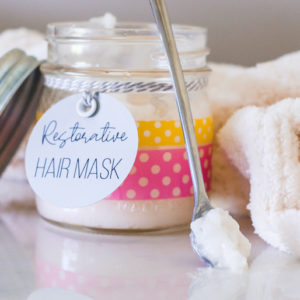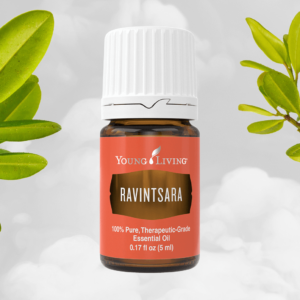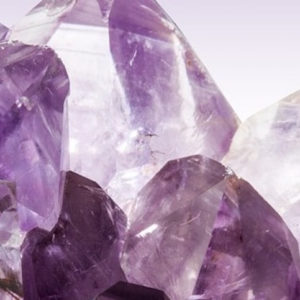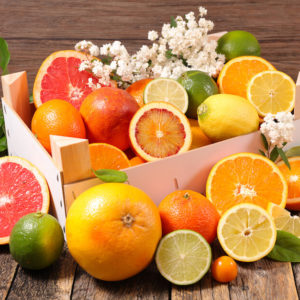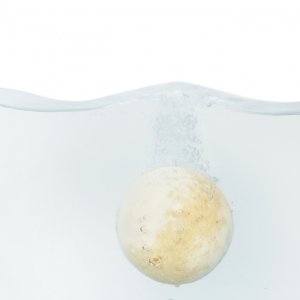CBD is the new hot ticket item. People want to be reassured that the product is absolutely pure, reliable, and mostly, legal. In this post, I address the cultivation of and expose 4 common myths about CBD oil.
Myth: Marijuana and hemp are the same.
The classification of Cannabis genus plants is actually quite tricky. The three main types of Cannabis are: C. sativa, C. indica, and C. ruderalis. Cannabis sativa is by far the most commonly cultivated plant for THC and CBD, so this article will focus on that species.
Let’s chase a rabbit for a moment.
Before we delve into the difference between hemp and marijuana, it’s important to understand what a species is. By definition, a species is a group of individuals that actually or potentially interbreed in nature. Of course, in this case, we are talking about plants.
The definition is a bit confusing because in nature, we see some creatures that seem quite different interbreed to produce offspring. For example, all domestic dogs are of the species Canis lupus familiaris, but obviously there are many varieties of dogs with very different characteristics. The same is true for other animals and even plants.
Chemical Differences of Hemp and Marijuana
In the same way, hemp and marijuana are from the same species of plant, but not the exact same plant. So one way to think about it is as if they were different varieties (or breeds) of Cannabis sativa. These two plants do have physical and chemical differences, but because they can cross-pollinate (breed) with one another, they belong to the same species.
The Agricultural Act of 2018 provides the legal definition of hemp as having a concentration of no more than 0.3% THC. Concentrations this low are non-intoxicating and legal in all 50 states according to the farm bill. Previous legislation, namely the 1937 Marihuana Tax Act and the 1970 Controlled Substances Act, failed to make any distinction between marijuana and hemp plants. Consequently, hemp was classified as an illegal schedule 1 drug alongside marijuana, heroin, LSD, and others. With the passing of the latest farm bill, the government officially recognizes the difference and lifted the prohibition of hemp.
The defining characteristic between hemp and marijuana is their chemical compositions. Both plants produce high amounts of CBD, however, they produce THC at very different levels. While hemp can contain no more than 0.3% THC, marijuana can contain up to 30%.
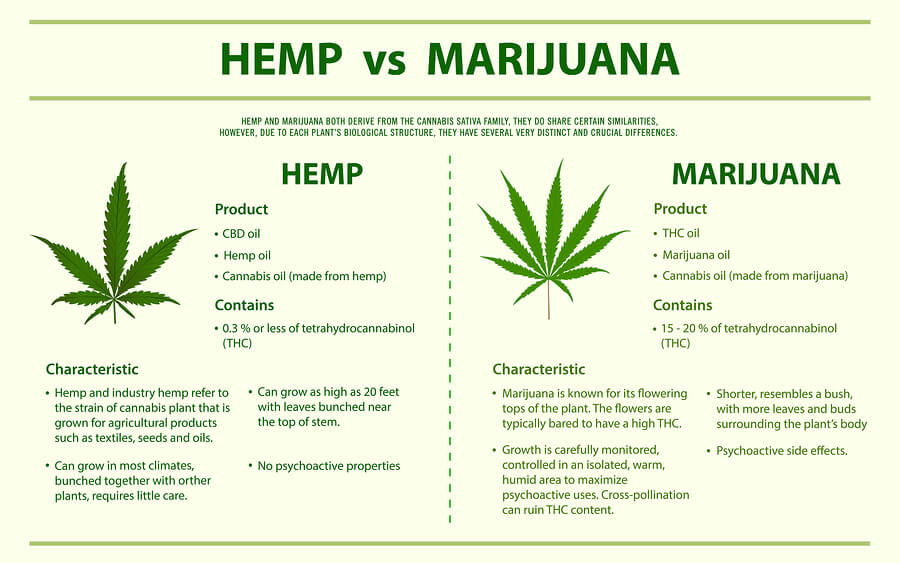
Stems or Flowers?
Many people contend that hemp and marijuana look so similar as to be entirely indistinguishable. However, the two plants do have some basic differences. Hemp plants are grown primarily for their fiber and seeds. Produced to maximize size and yield, hemp plants tend to be tall, skinny and scarce in foliage. In contrast, marijuana plants are carefully cultivated to encourage more female plants with thick, lush foliage and flowers.
Bottom Line
We can stop saying that marijuana and hemp are different species. To be technically correct, we must say they are different varieties of the same species, Cannabis sativa.
Myth: You can get legal CBD from both hemp and marijuana.
While it is true that you can obtain and isolate CBD from both varieties of the sativa plant, CBD obtained from the marijuana plant is still classified as illegal in most states. The 2018 Farm Bill legalized hemp-derived products, but it does not allow for CBD derived from the marijuana plant. Marijuana-derived CBD is still considered a schedule 1 substance and is therefore illegal in most states.
This is why it is very important to research and verify the source of your CBD. Unless you live in one of the states where marijuana is legal, you will want to make sure your CBD is hemp-derived.
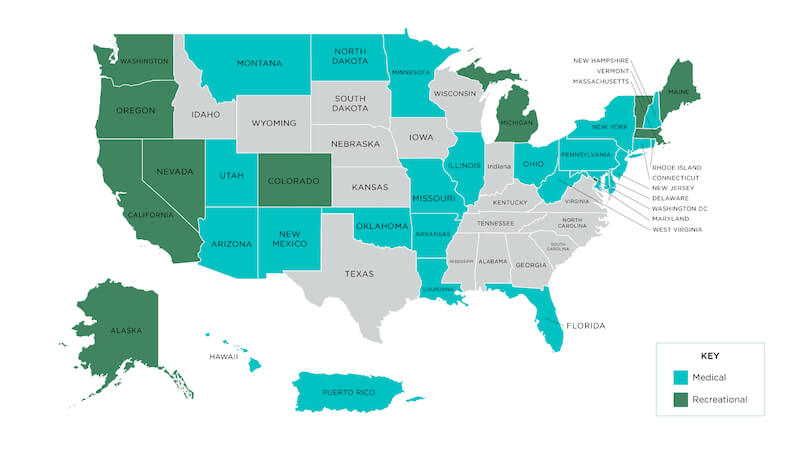
Myth: You can get high from CBD.
This is simply not true. As long as the product you use contains less than the legal amount of 0.3% THC, it cannot get you high. In fact, CBD has properties that actually block the effects of THC and prevent intoxication.
And this goes for drug testing as well. Drug tests are specifically designed to detect THC, not CBD.
Myth: Full-spectrum is better than isolated CBD.
This one is also false. There are actually a few different types of CBD out there, and while each of them are different in their composition and effects, one is not better than the others.
Full-Spectrum CBD
Full spectrum, or whole plant, CBD contains all the compounds that naturally occur in the plant. This includes terpenes, essential oils, and other cannabinoids. There are over 100 different cannabinoids in the plant, with THC and CBD typically the most prevalent.
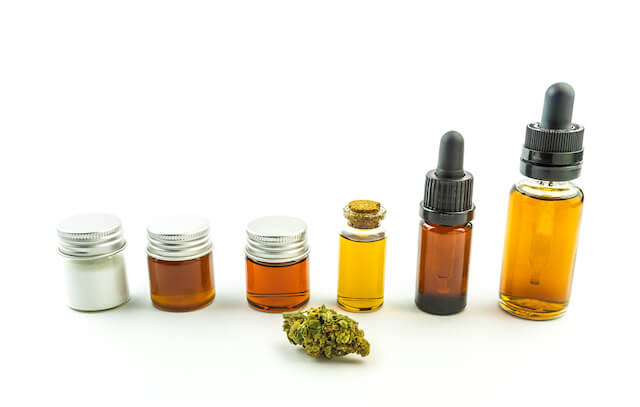
The full spectrum of constituents from the whole plant work together to magnify the therapeutic effects of each cannabinoid. This is known as the entourage effect.
Full spectrum products typically contain higher THC levels than other types of extractions. This may pose issues in some states or for users who do not want THC to show up on screenings or tests.
Broad-Spectrum CBD
Because of the concern regarding THC in full-spectrum CBD, some producers offer broad-spectrum CBD.
The product undergoes processing to remove as much THC as possible while preserving the other natural cannabinoids and terpenes. Broad spectrum CBD is an excellent choice for individuals who can’t have any trace of THC in their system, whether for medical, personal, or legal reasons.
CBD Isolate
As the name suggests, CBD isolate is an extraction of the single compound of CBD. Everything else contained in the plant matter is removed, including any traces of THC, terpenes, waxes, oils, chlorophyll, etc. What remains is 99% pure CBD. This results in a very concentrated extract.
When evaluating an isolate, it’s very important to verify the purity. While many types are 99.9%+ pure with no identifiable amounts of THC, lower purity options may still contain trace amounts. This small percentage of THC is usually negligible, but for those seeking the purest CBD, it is something to be aware of.
Enhanced CBD Isolate
Some companies utilize isolate extraction for a concentrated CBD oil and then add in other compounds. For example, the addition of essential oils creates a chemical profile similar to a broad spectrum product without the risk of THC contamination. Additionally, they bring the added therapeutic benefits of the essential oils used in the product.
So which should you choose?
As with all things Cannabis, there’s no correct answer to that question. Every person reacts differently to CBD, so you won’t know for sure what’s best for you until you try it yourself. Whatever you choose, start slowly, and gradually increase the dose after you see how it affects you.
Regardless of which type of product you choose, take a look at the company’s extraction methods. Some companies use solvent or high temperature extraction methods that can damage beneficial compounds and leave chemical residues. For this reason, many people prefer chemical-free, low temperature CO2 extraction.
Still have questions?
CBD is such a popular topic right now. Check out this post, Answers to Top Questions about CBD.


